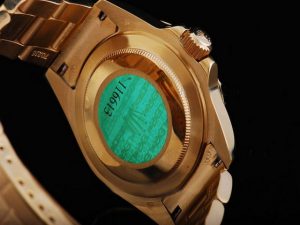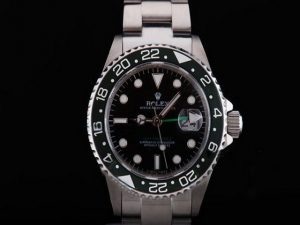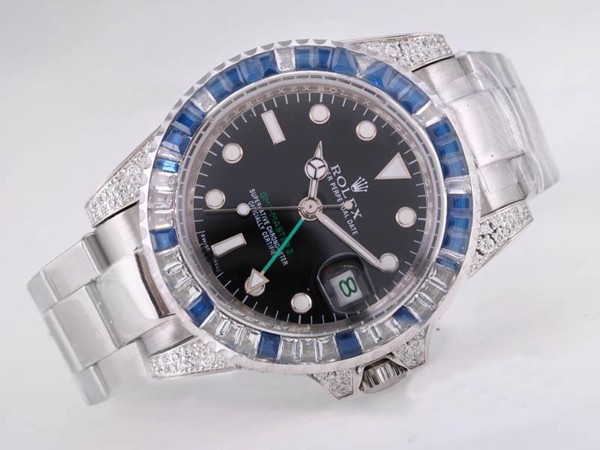For Rolex, they continued to use radium in some moving models of the dial until the late 1950s. However, with the release of the first GMT-Masters, they chose to have the border Numbers also illuminated. For this, they used to paint with a different luminescent constituent, Strontium 90. Another isotope manufactured by nuclear fission, actually, it too was greatly radioactive.
Unluckily, it seemed too late for one naval lieutenant commander, Willard Mound, who sued the company for $5 million in August 1961. He had purchased his watch in Hong Kong three years previously and stated that he, his wife, and their five children had all met with serious physical effects from exposure to the watch.
In 1962, Rolex Replica replaced radium with tritium. Another self-luminous element, which is also radioactive, has a half-life of only 12 years at rather lower, safer levels. By comparison, the half-life of radium is 1,602 years!
Tritium served Rolex all the way up until 1998 when they decided to change the material again, this time to Luminova, a totally non-radioactive coloring invented by Nemoto & Co. Ltd of Japan. Although completely harmless, Luminova first needed to be exposed to light before it would glow, unlike its predecessors.
After only a short run, Luminova was swapped for SuperLuminova in the 2000s. Essentially the same, Superluminova was supplied by a Swiss company, RC Tritec AG.
At last, in 2008, Rolex upgraded again with Chromalight. Giving off an amazing blue light rather than green, and shining for much longer than Superluminova, it makes its debut on the new Sea-Dweller Deepsea before being rolled out across the portfolio.
In addition to being a useful addition to the hands and hands of the watch dial, the luminescent material type is a good way to determine the age of the fake Rolex.
Before the AEC-demanded recall, the word ‘Swiss’ was printed alone under the six o’clock index, near the very outer edge of the dial.
A small dot appeared under the hour marker but above the word ‘Swiss’ indicating they still have a radium content but at a lower level between 1960 and 1963. 

The ‘Underline’ dials were produced for a very short period, between 1963 and 1964. They have a small horizontal line either above or below the hands and are thought to mark the changeover from radium to tritium. Of course, these are very rare and highly sought after on the vintage market.

$36 Fake Rolex vs Genuine Rolex, Cheap Rolex Replica Watches UK
Imitation Rolex
